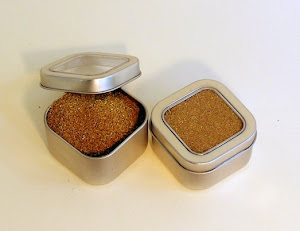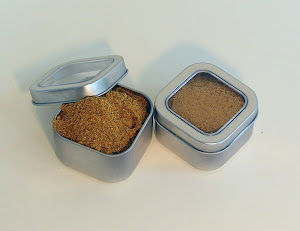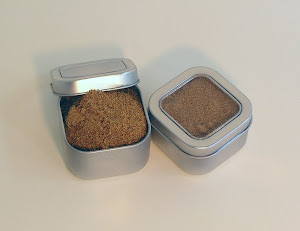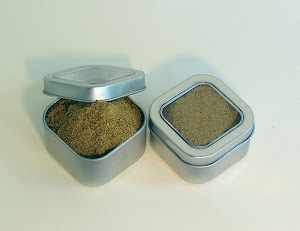June 20, 2008 -- Olive oil infused with fragrant herbs has been identified in an ancient Greek ceramic transport jar known as an amphora, along with another container of what could be the world's oldest retsina-type wine, according to a recent Journal of Archaeological Science paper.
It is the first time DNA has been extracted from shipwrecked artifacts -- the two large jars were recovered from a 2,400-year-old wrecked vessel off the Greek island of Chios. If the second jar indeed contained a retsina-like wine, which is preserved and flavored with a tree resin known as mastic, then the find would push back the known origins of mastic cultivation by 200 years.
"This (study) opens new possibilities for archaeologists -- now perhaps we can figure out what was carried in almost every 'empty' jar we find in land excavations or shipwrecks," researcher Brendan Foley of the Woods Hole Oceanographic Institution told Discovery News.
"Maybe we can even go back to the amphorae, jars and cooking pots previously excavated and now sitting in museum storerooms around the world and ask new questions of each artifact," he added.
The discoveries resulted from an international collaboration involving Foley, Swedish scientist Maria Hansson, and Greek archaeologists Dimitris Kourkoumelis and Theotokis Theodoulou of the Hellenic Ministry of Culture, overseen by Calliopi Preka-Alexandri and Vivi Vassilopoulou.
For the study, Hansson and Foley swabbed the jars with a chemical that allowed them to collect any genetic material inside. They then amplified and sequenced the DNA, comparing it to known DNA "signatures" from a database.
Since these signatures are unique for all plants and animals, they let researchers identify the source of the material in question.
There is little doubt the first amphora contained the herb-infused olive oil, which was likely used to dress and flavor meals. The scientists suspect the potent antioxidant properties of oregano helped to preserve the mixture over the millennia.
As for the second amphora, its DNA signature matched a plant from the Pistacia genus. That points to either pistachio nuts or mastic (scientific name Pistacia lentiscus).
Foley said the ancient Greeks were known to have shipped huge containers of nuts. One third-century B.C. wreck, in fact, contained jar after jar of them. But since the design of this particular amphora was most associated with wine shipments, mastic-flavored wine is the more likely choice.
Mastic, like some herbs, serves as both a flavoring and a preservative. It was the most popular wine preservative until the Romans started using chemicals called sulfites, which to this day are found in most wines.
Both shipwrecked containers appeared empty to the naked eye, but enough of their contents had been absorbed into the uppermost layers of the ceramic interiors to enable the discoveries.
Duccio Cavalieri of the Bauer Center for Genomics Research and his team used a comparable DNA method to identify common yeast in wine jars from Egypt. The yeast is still used to make modern wines, breads and beers.
"(Our) results indicate that this organism was probably responsible for wine fermentation by at least 3150 B.C.," Cavalieri and his colleagues wrote.
Given the success of the two DNA studies, this form of minimally invasive testing may now become the norm, replacing, in some cases, destructive scrapings and les precise identification methods such as gas chromatography.
Foley and his colleagues are working in Sweden now, but they plan to return to Greece soon to conduct further research there.











No comments:
Post a Comment